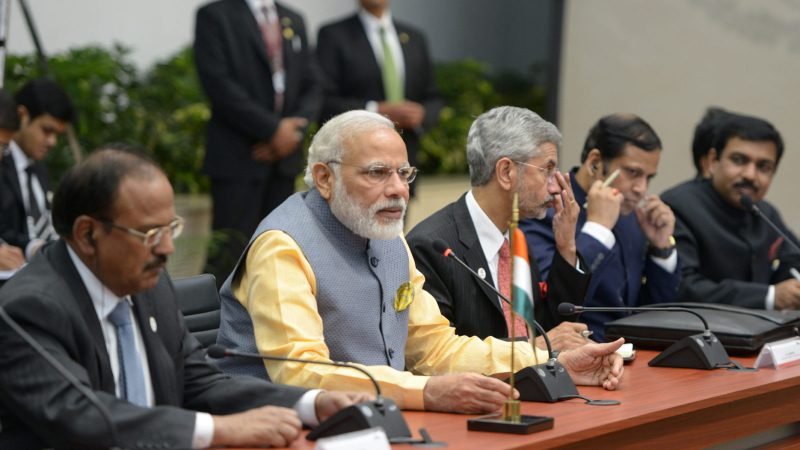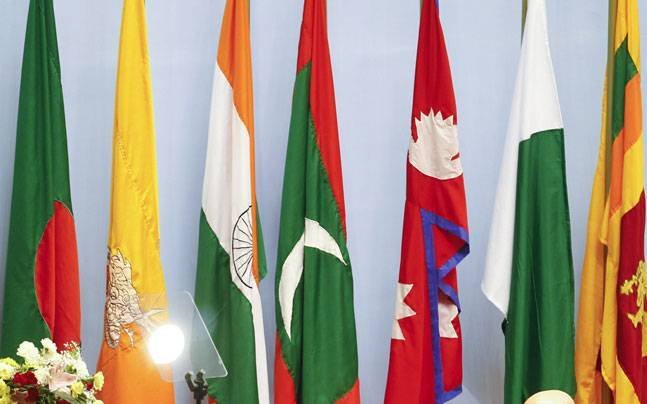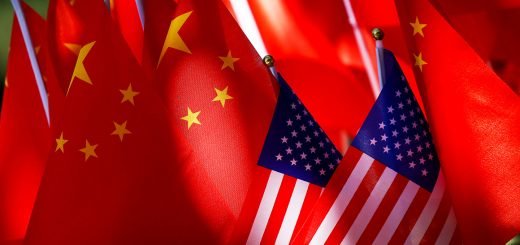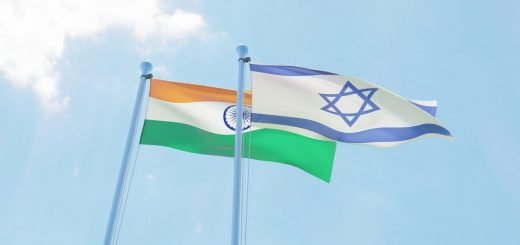A Shift From The Existing: Indian Foreign Policy under PM Modi

India has gained several designations since its sovereignty: Largest democracy in the world, a nuclear power, regional leader, a prospective superpower, among several others. But what has been its strategy in achieving these? When the entire world was divided into two ideologies in the cold war era, it decided to not participate in this international vendetta and started looking for ways to rebuild itself as a country. Since then, India has followed a basic ideology while formulating its foreign policy: Peace. India has been known for being a country that has never initiated an attack on a foreign state. It was the founding member of the Non-Aligned-Movement and Panchsheel Treaty: The Five Principles of Peaceful Coexistence. But did these policies help to maintain peace in the country or did power powers see this as an opening to attack a much weaker India? What changes do we observe under Prime Minister Narendra Modi’s government? Here we will be analysing the Indian foreign policy under PM Modi’s administration. This would cover the strategies and interests behind the new government’s foreign policies.
With the BJP gaining a majority in the 2014 Lok Sabha Elections, there has been a visible change in the country’s international outlook. The government intends to have a seat at the table of the major leading powers of the world. New Delhi’s domestic interests and its foreign policy are greatly intertwined. What shapes the nation’s policies is National Interest. To get a better understanding of foreign policy, it is very important to look at the domestic strategies that have been implemented. India’s achievement of universal literacy, Health coverage, ability to eliminate poverty, meaning that it is able to put up a strong economic foundation, would bring the country in a better position to be able to have a greater say in world politics. For these, Prime Minister Modi has introduced several plans such as Clean India, Make in India, Smart Cities, Skills India, Digital India and many more. In order to gain success in such initiatives, India needs foreign investments, thus exhibiting that in India’s case, national and International would go hand in hand.

Narendra Modi’s foreign policy has brought a shift from the existing Indian policy. He no more believes in the policy of non-alignment and does not want to remain to be a rule accepter but a rule shaper in the global sphere. At the 2019 Raisina Dialogue in Delhi, Foreign Secretary Vijay Gokhale asserted, “India has moved on from its non-aligned past. India is today an aligned state—but based on issues”. PM Modi’s technique includes whirlwind visits around the world to sending humongous delegations to countries. His policies are not limited to neighbouring countries but have been successful in capturing the trust of countries far abroad. For example, the Persian Gulf is one region that India had not interacted greatly with before owing to their support towards Pakistan. PM Modi reached out to UAE and Saudi Arabia and have developed important political and economic relations. The success of this can be measured by the fact that UAE has been very vocal against Pakistan’s sponsored terrorism. Moreover, New Delhi’s relations with Japan have yielded great results in the country with India gaining a partner in its “ Free and open Indo-pacific” campaigns. Similarly, PM Modi seems to have developed deepening ties with Israeli Prime Minister Benjamin Netanyahu which have opened up the path for deals involving defence and technology.

India also believes that it has an obligation to represent south Asia in the world. It comes out as a regional power which has a history of helping its neighbours such as Bangladesh, Nepal, Afghanistan and Sri Lanka. One major challenge to this is its strained relations with Pakistan and China. With these nations have a long history of conflicts and they do not seem to subside in the foreseeable future. This is where a major question arises- what is India’s major focus in International Diplomacy: National Security or Economy? For years India has been following Gandhian principles of peace but this has only resulted in other giving a free hand to countries to attack itself. PM Modi comes in as a more assertive and aggressive power who would not overlook issues that concern the security of the nation. It has maintained its stance that it would not hold any conversations with Pakistan until it promises to explicitly stop terror funding. Moreover, PM Modi asserted his hard stance on the issue when It went on to conduct the “Surgical Strike” as an answer to the Pakistani Militants entering India’s base camp in Kashmir and also conducted the “2019 Balakot Air Strikes” destroying several Jaish-e-Mohammed terrorist camps in Balakot region of Pakistan Occupied Kashmir. These are the only attacks that India has ever initiated and spoke volumes about the attitude of Prime Minister Modi that he would not compromise on the security of the nation in any way.
Another major challenge to India is China. The major difficulty is that due to its proximity to India, it cannot be ignored. China’s actions affect India directly whether it be its alliance with Pakistan, its construction of a roadway between Bhutan and Tibet or its aggression in the South China Sea. Chinese President Xi Jinping intents to lead the Asian Subcontinent which poses a great threat to India’s superiority. Both the nations have after the 1962 Sino-India war, clashed again in 2017 regarding the Dhoklam issue and now in 2020 have again engaged in a belligerent melee along the Sino-Indian border in Ladakh near the disputed Pangong Lake region. It is a very difficult situation for India since it has to decide between Trade and Security since China is India’s second-largest trading partner.

One option with India is an alliance with the United States. But this alliance would mean that India would be entangling itself in a series of disputes that the United States is currently engaged in. Also, the United States’ influence on Asia would increase to a large extent further deepening US-China trade wars and also reduce the chances of India emerging as a superpower. Thus, Strategic Autonomy has been India’s answer to solve these issues. India is friends with everybody but does not ally to any power. New Delhi focuses more on formulating partnerships rather than Circumventing them. It works towards maintaining a balance in both the western and the eastern world without leaning majorly to any of these. On one side, India participates in agreements such as the Quadrilateral Security Dialogue with countries such as the United States, Japan and Australia which enhances its position in front of a major power like China; and also sits in a trilateral agreement with Russia and China which helps in its strategic autonomy against President Trump’s Administration.
In Conclusion, India under Prime Minister Narendra Modi has seen a lot of improvements in India’s global stance and there has been a visible increase in the foreign direct investments received under his rule. Moreover, India is emerging as a nation that is advancing technologically and economically and has great potential in becoming a superpower. But the fact still remains that this has a long way to go and it cannot fight with a great power such as China alone and needs to maintain its smart diplomacy so that it has strong support if and when needed.
EXTERNAL LINKS:
- https://www.ispionline.it/sites/default/files/pubblicazioni/india_web1_2.pdf
- https://www.dw.com/en/how-pm-modi-changed-the-face-of-indian-foreign-policy/a-48618235
- https://carnegieendowment.org/2019/03/24/modi-s-three-foreign-policy-wins-pub-78675
- https://www.brookings.edu/wp-content/uploads/2020/05/India27s-foreign-affairs-strategy.pdf
- https://carnegieindia.org/2018/09/18/raja-mandala-two-discourses-on-strategic-autonomy-pub-77278


















